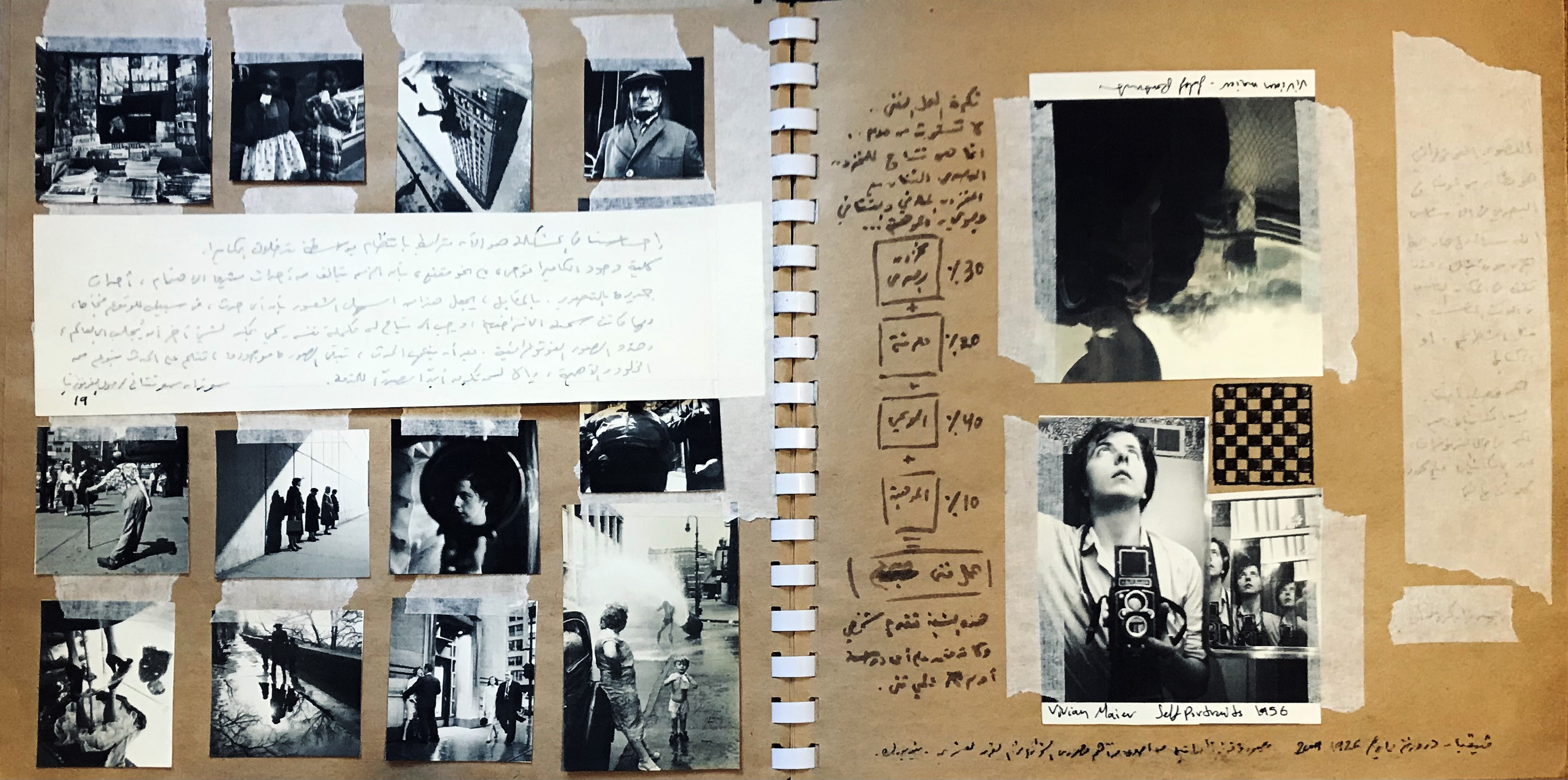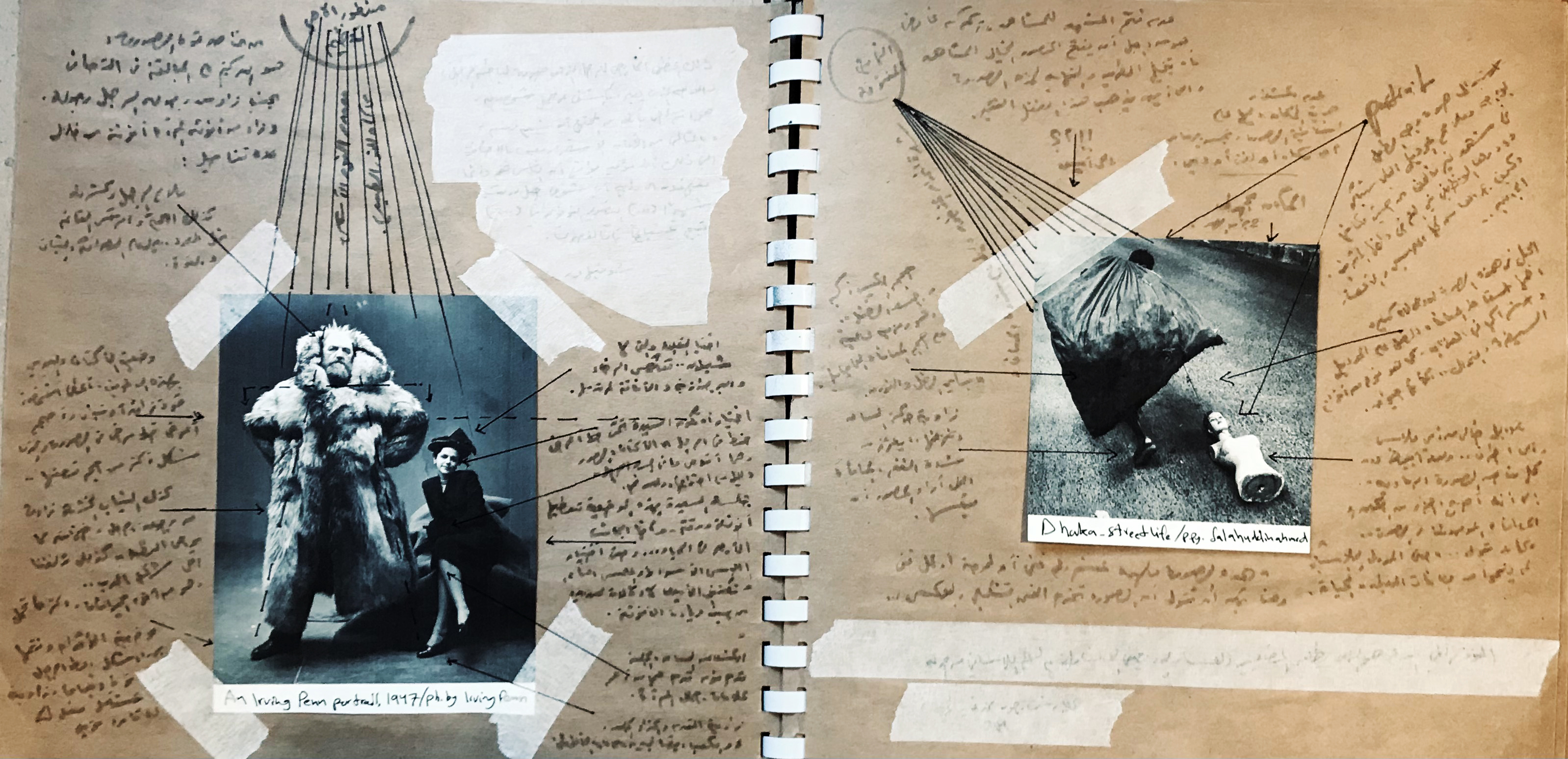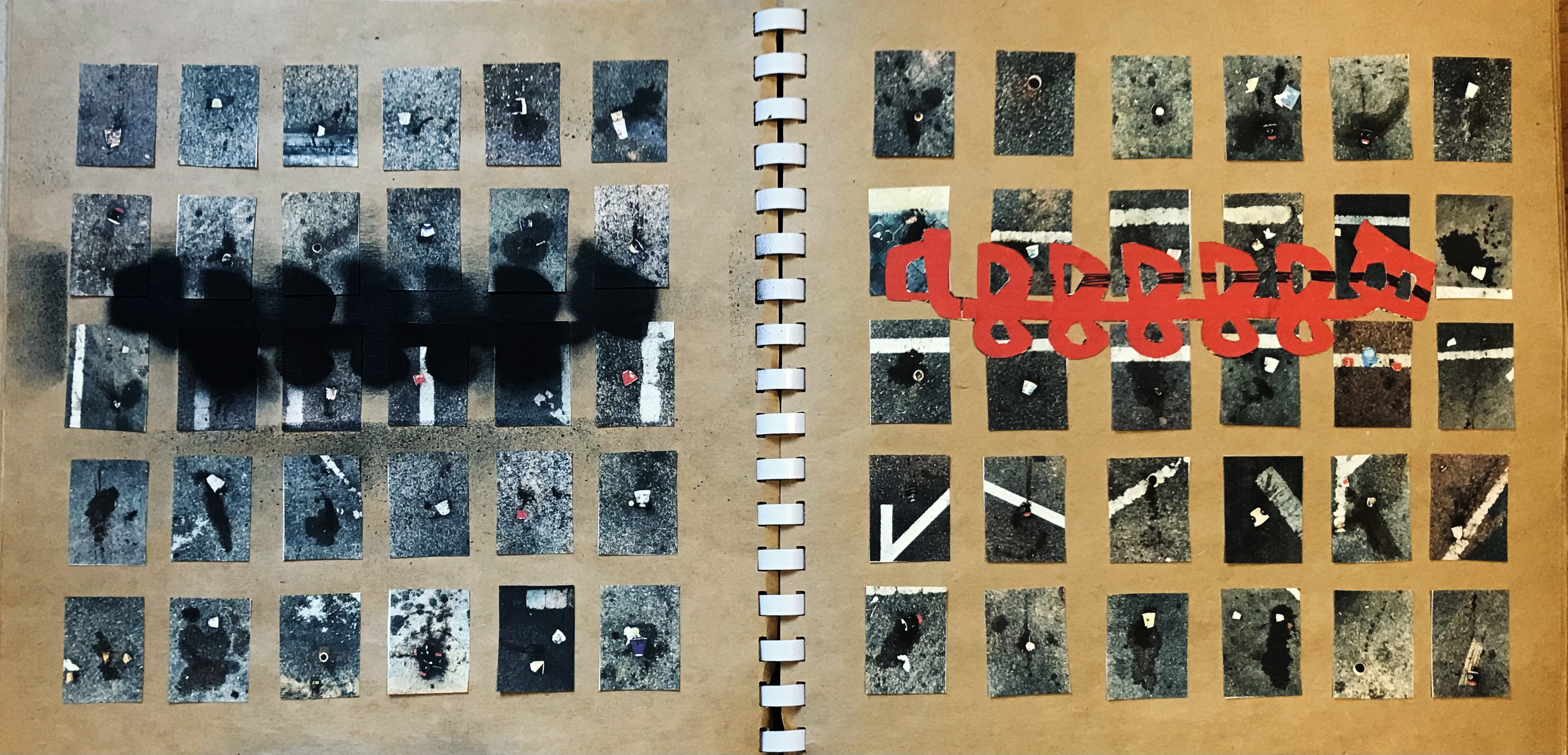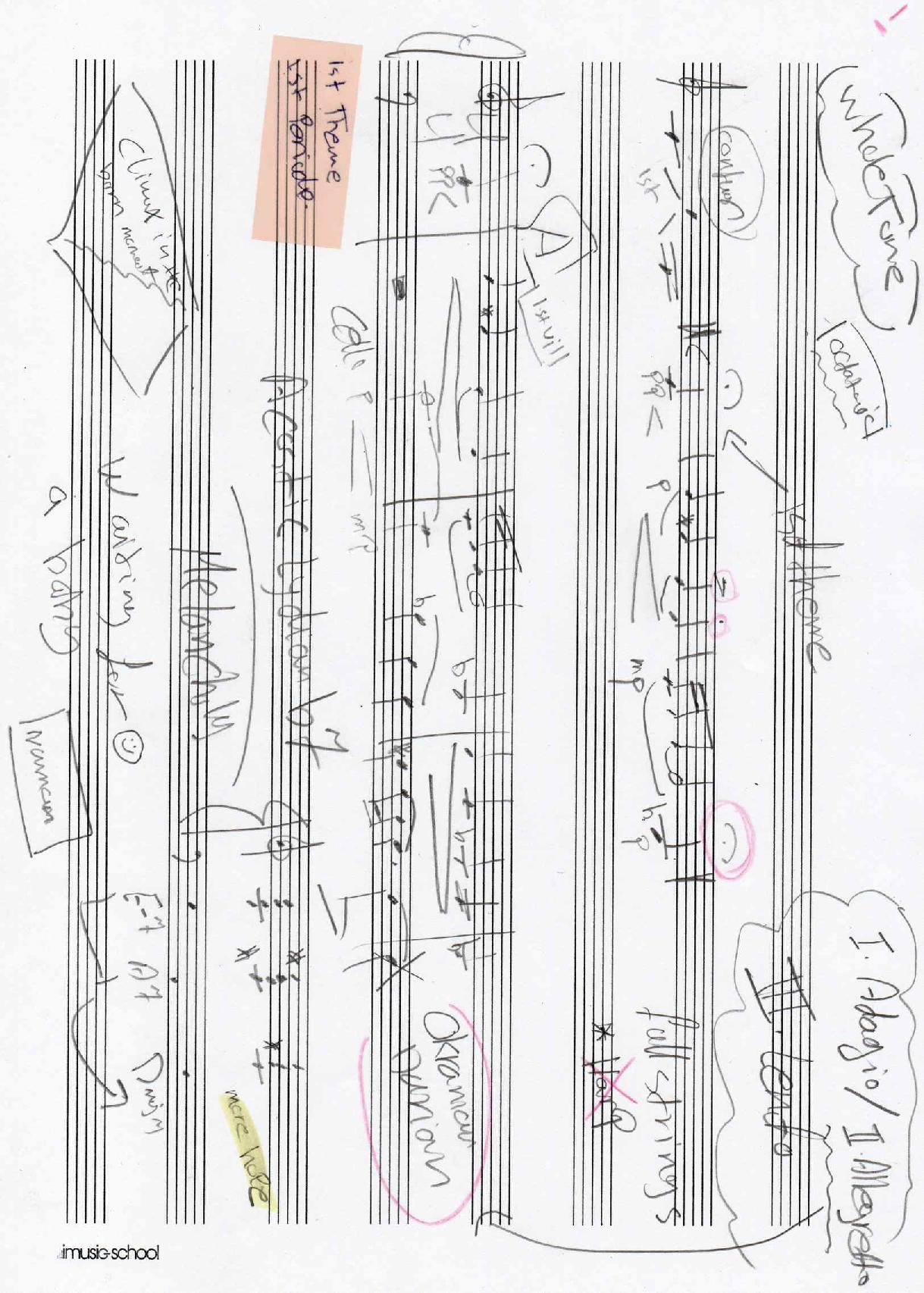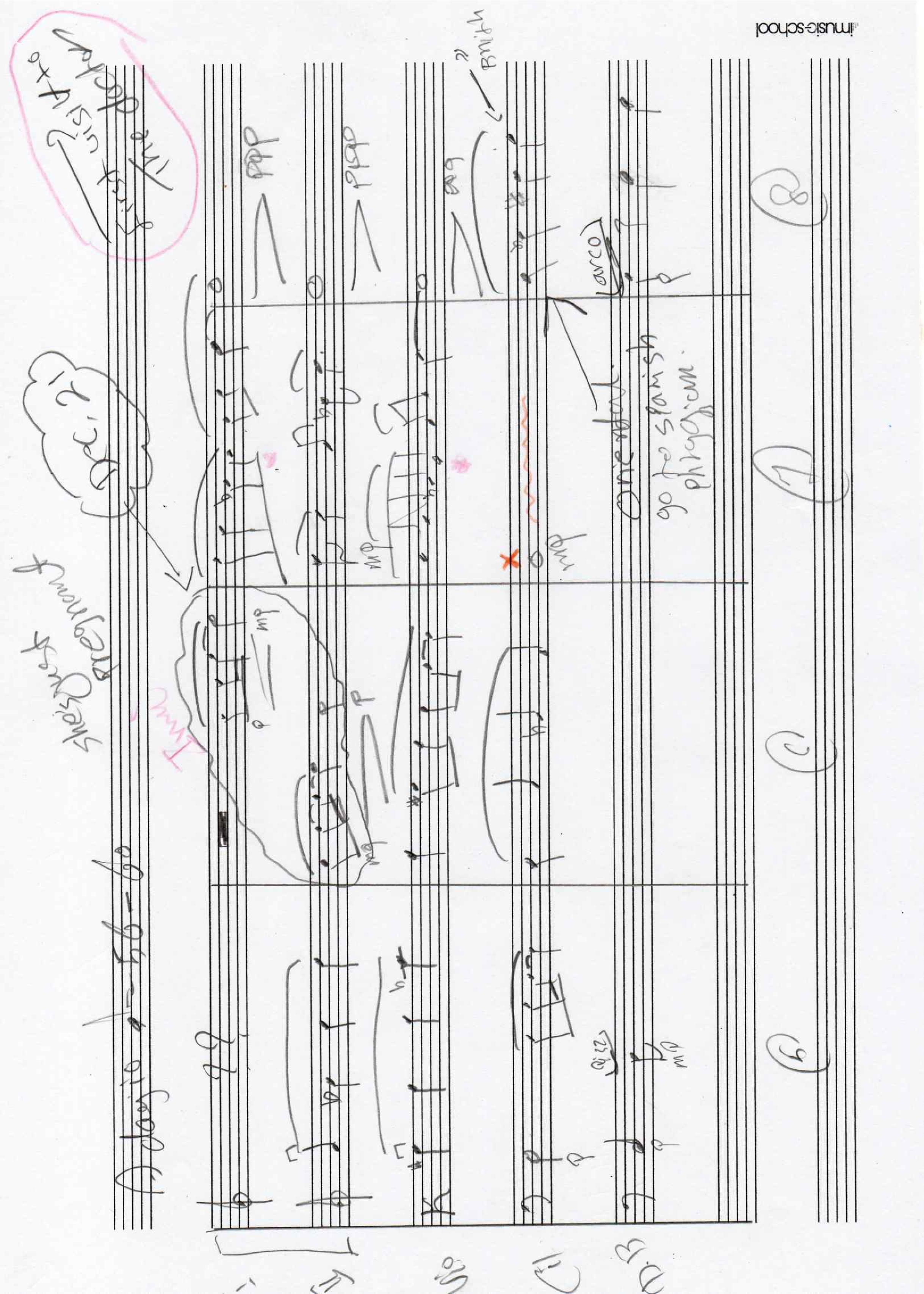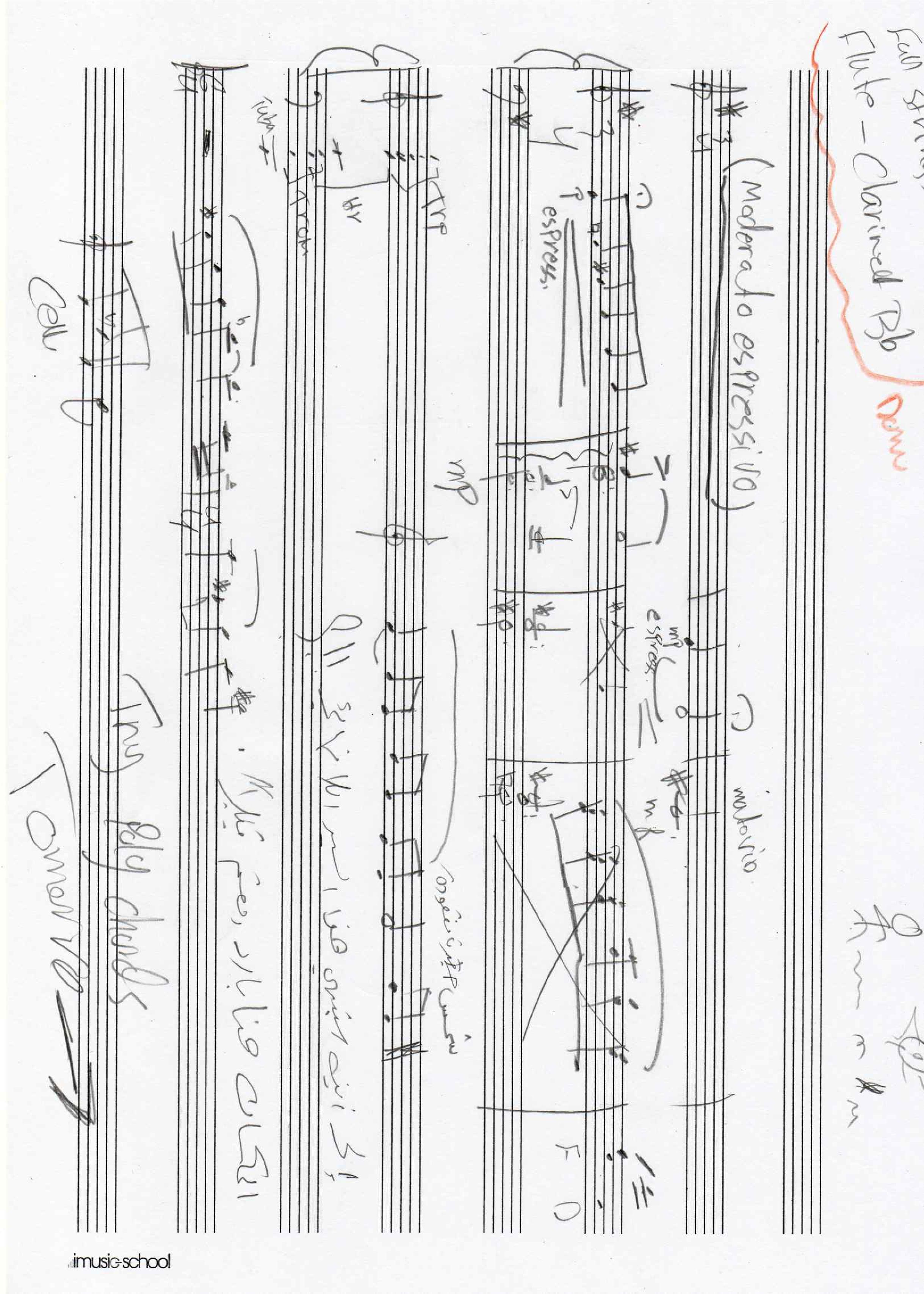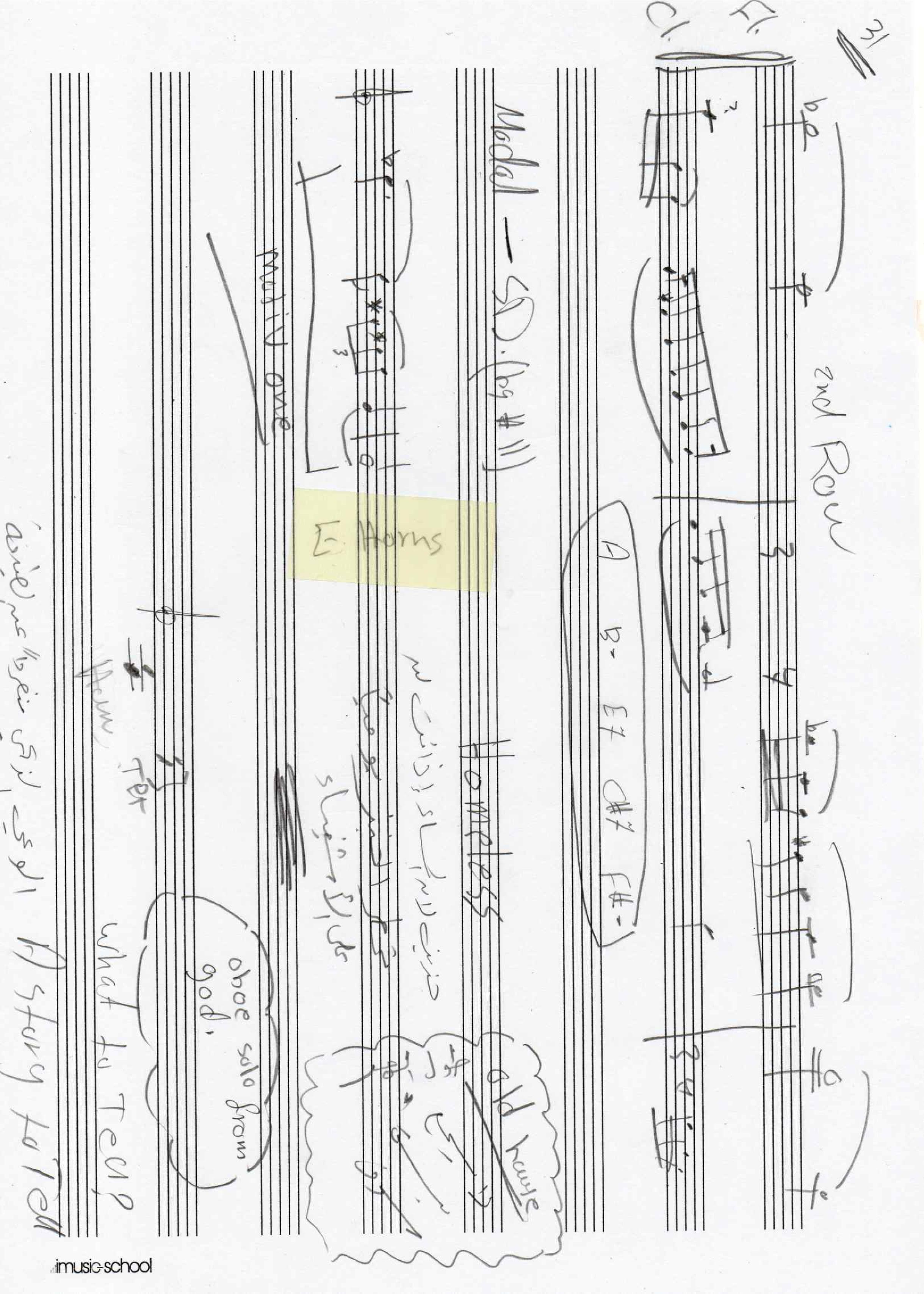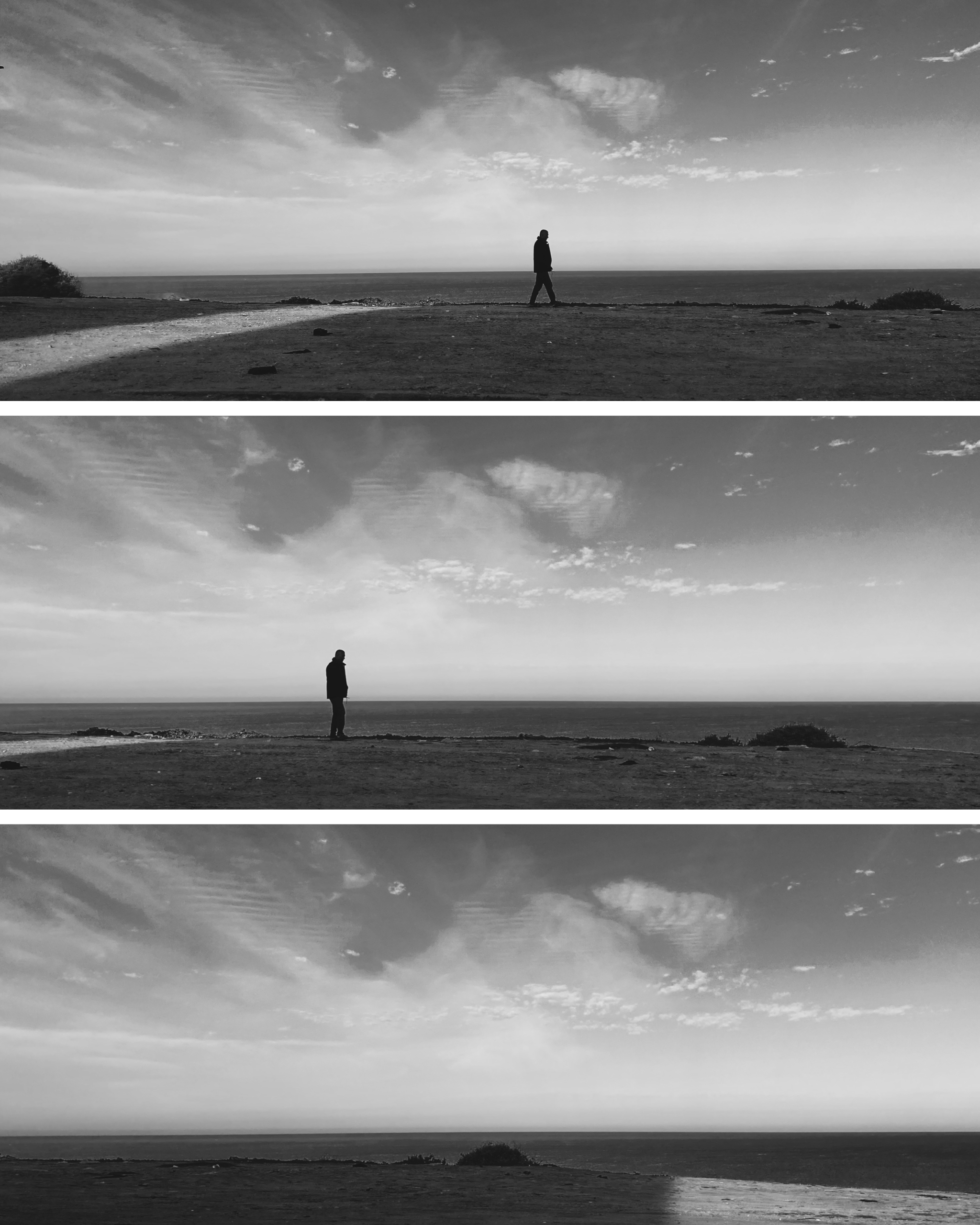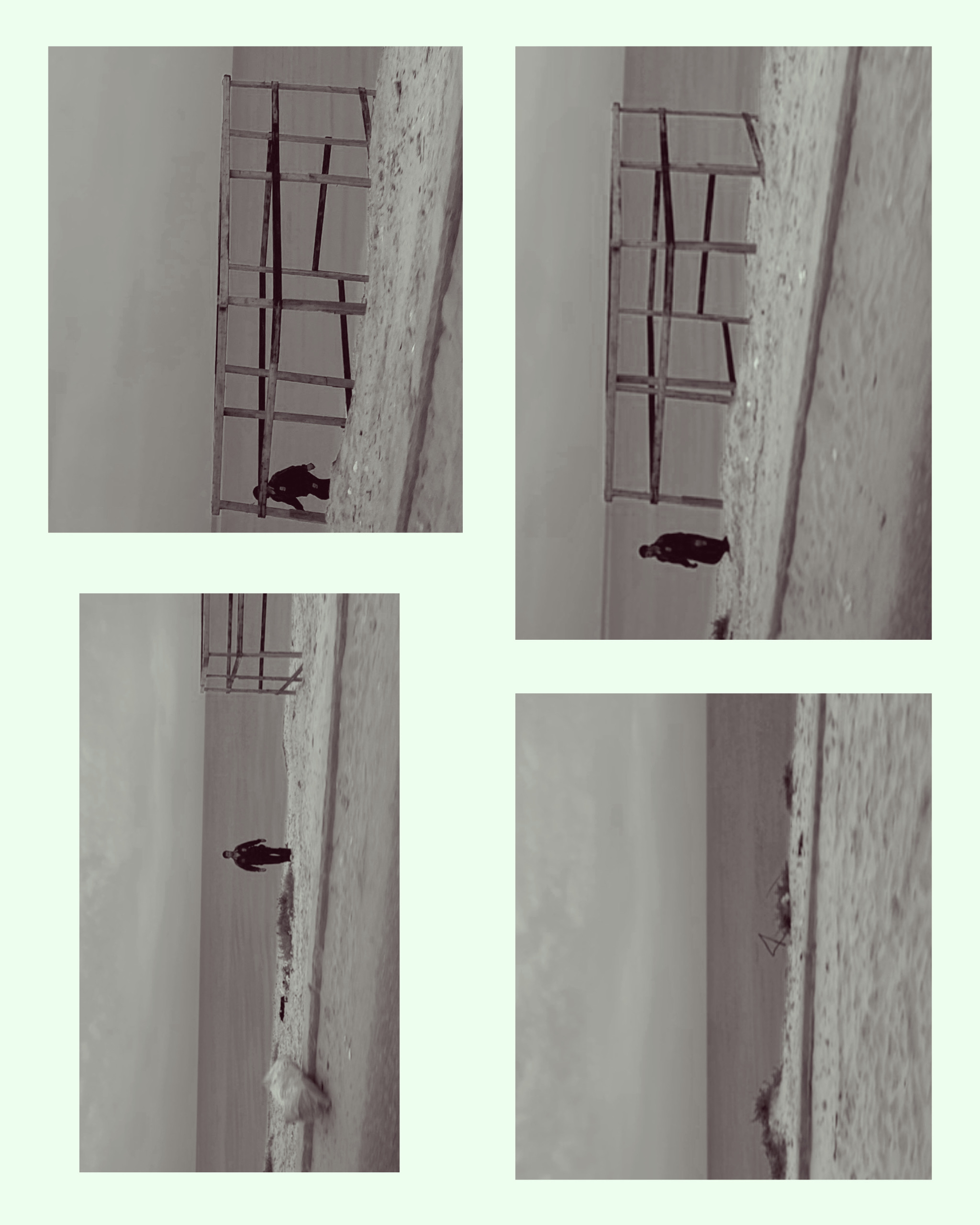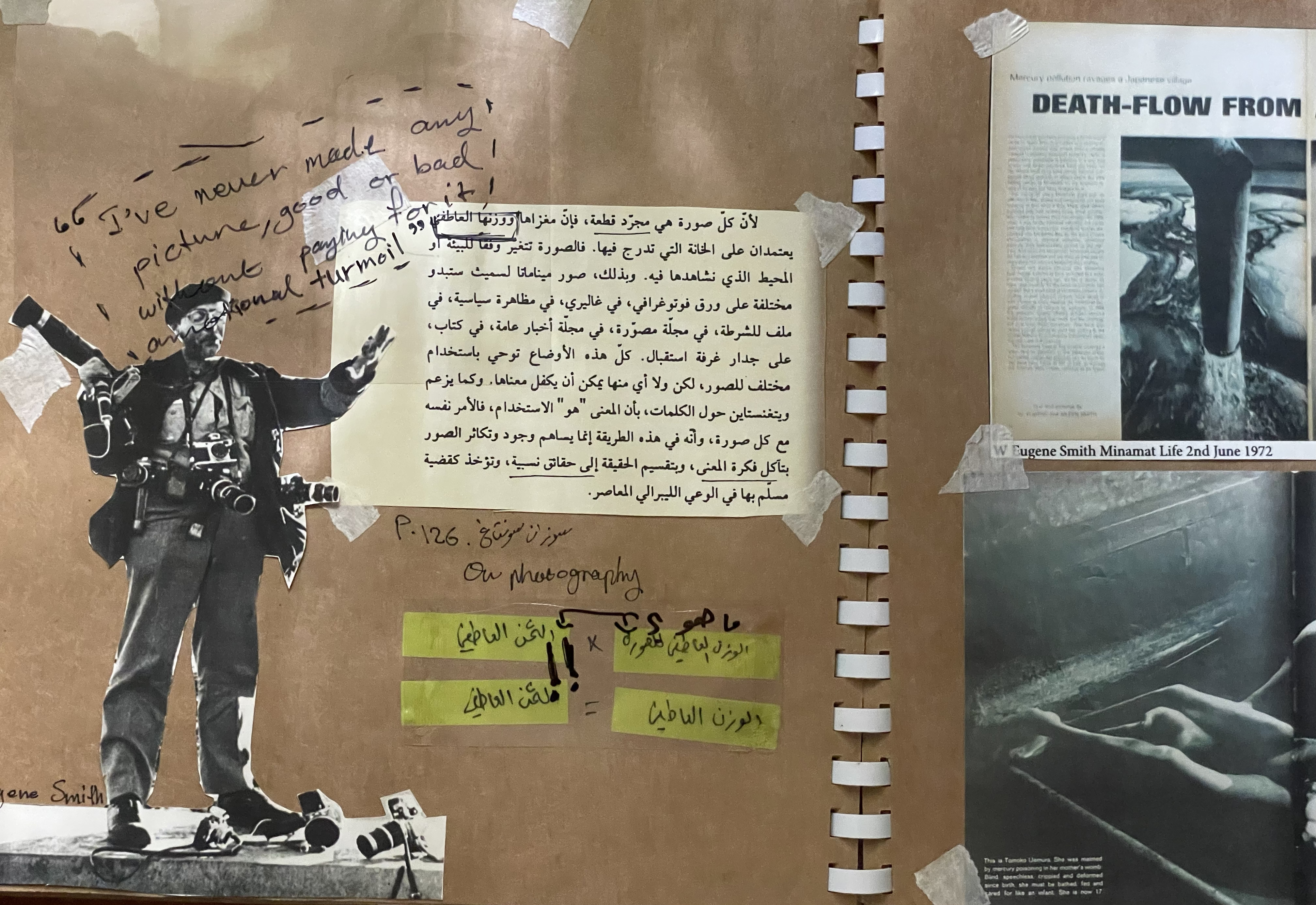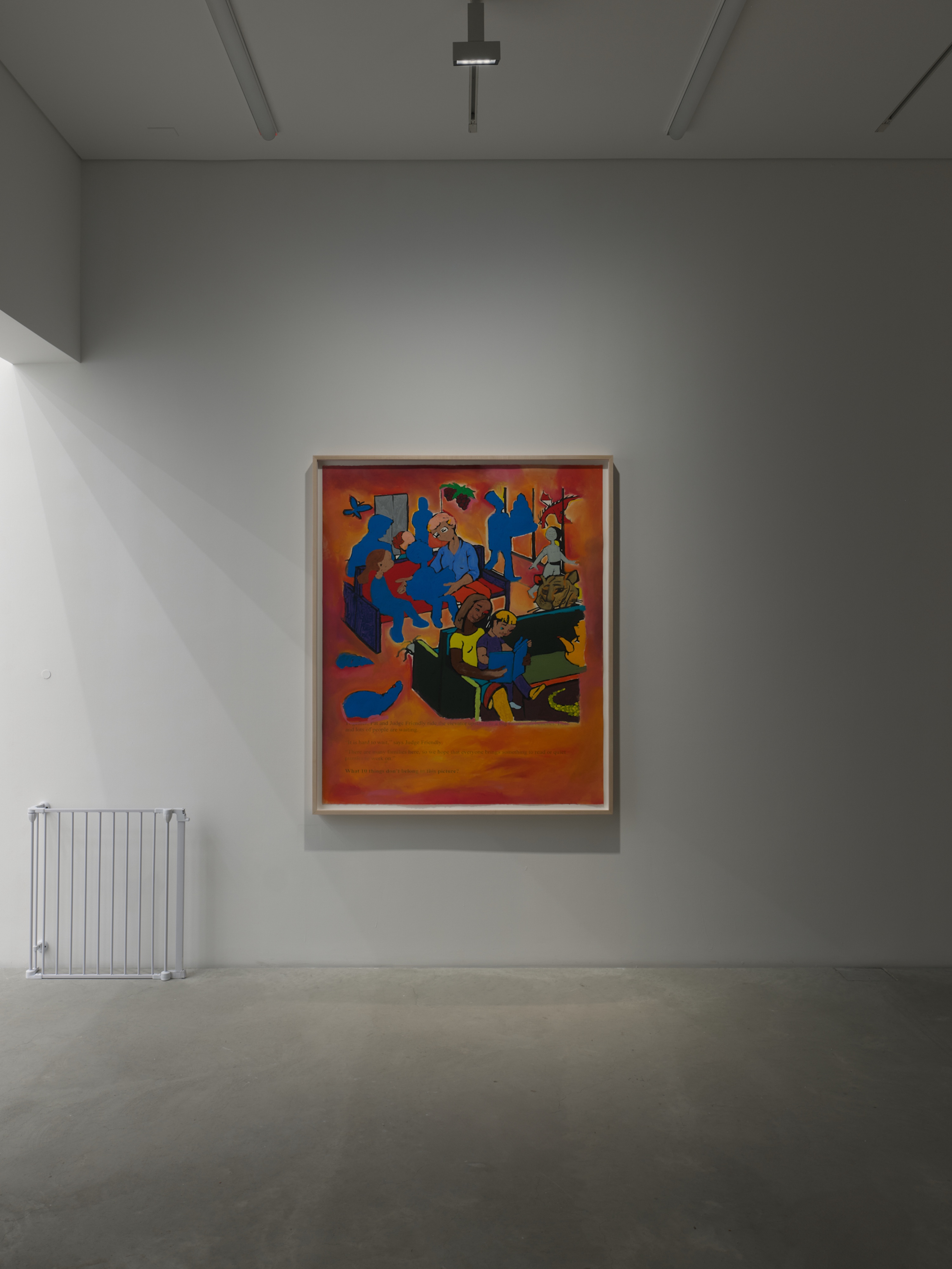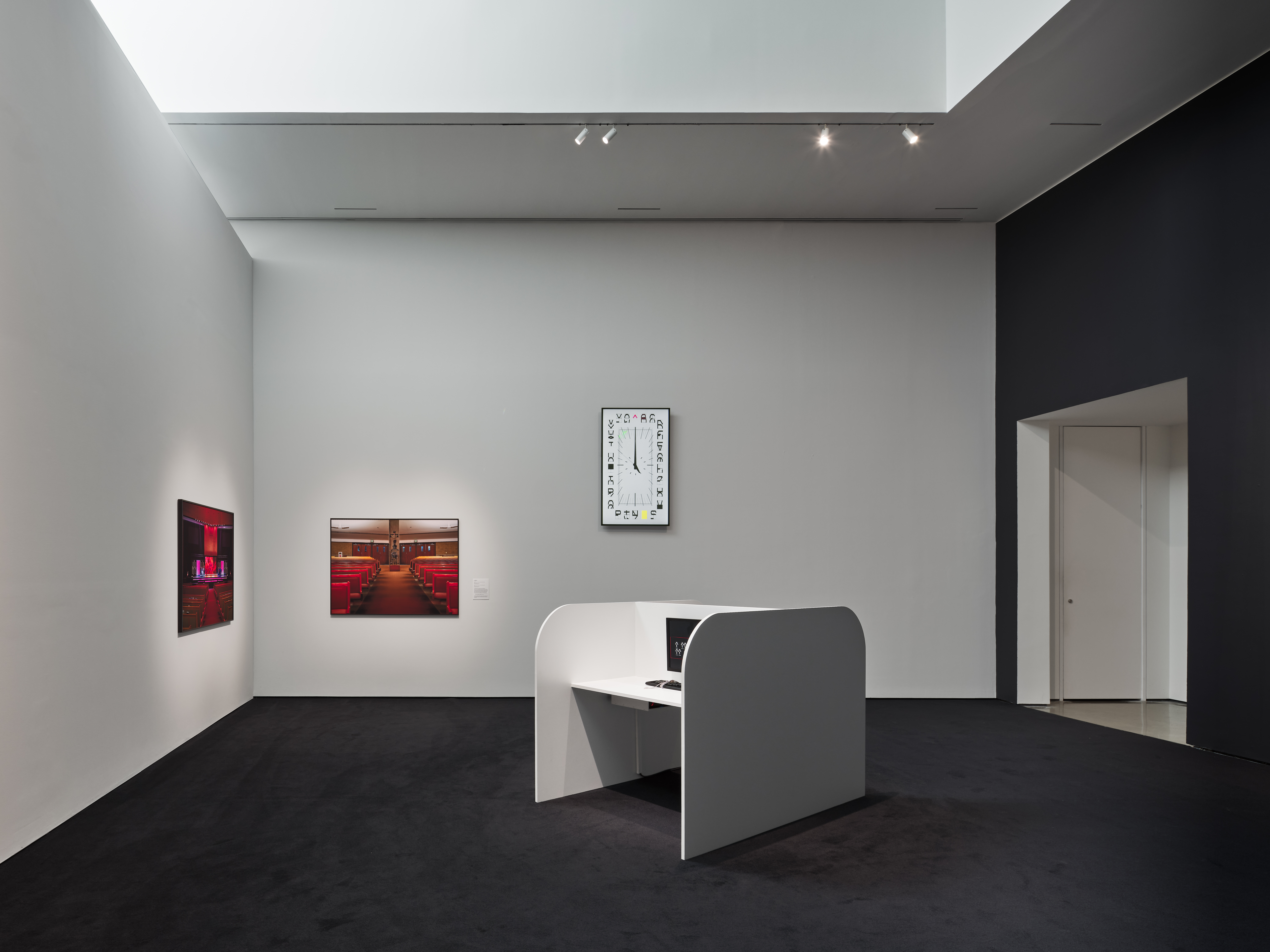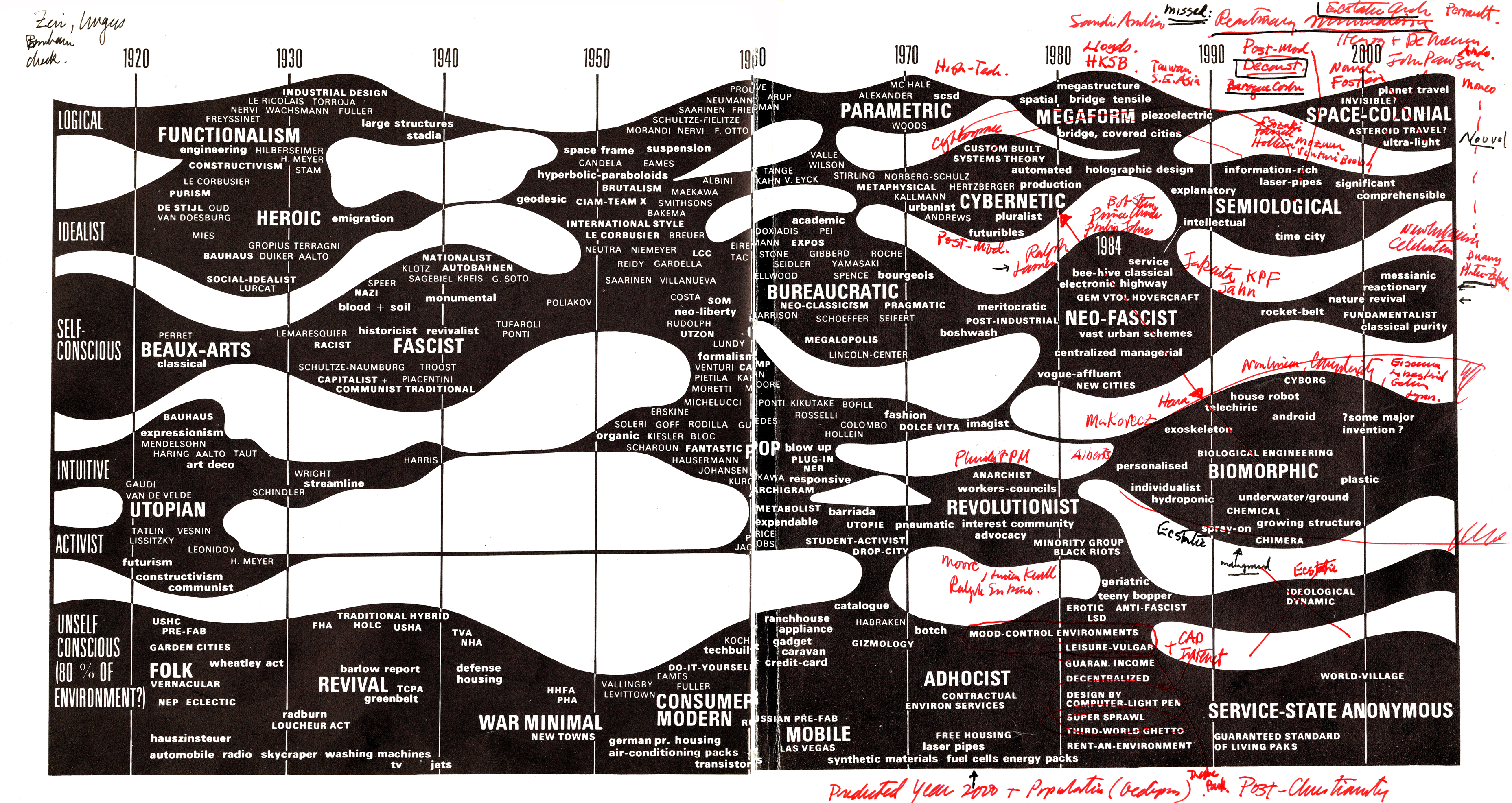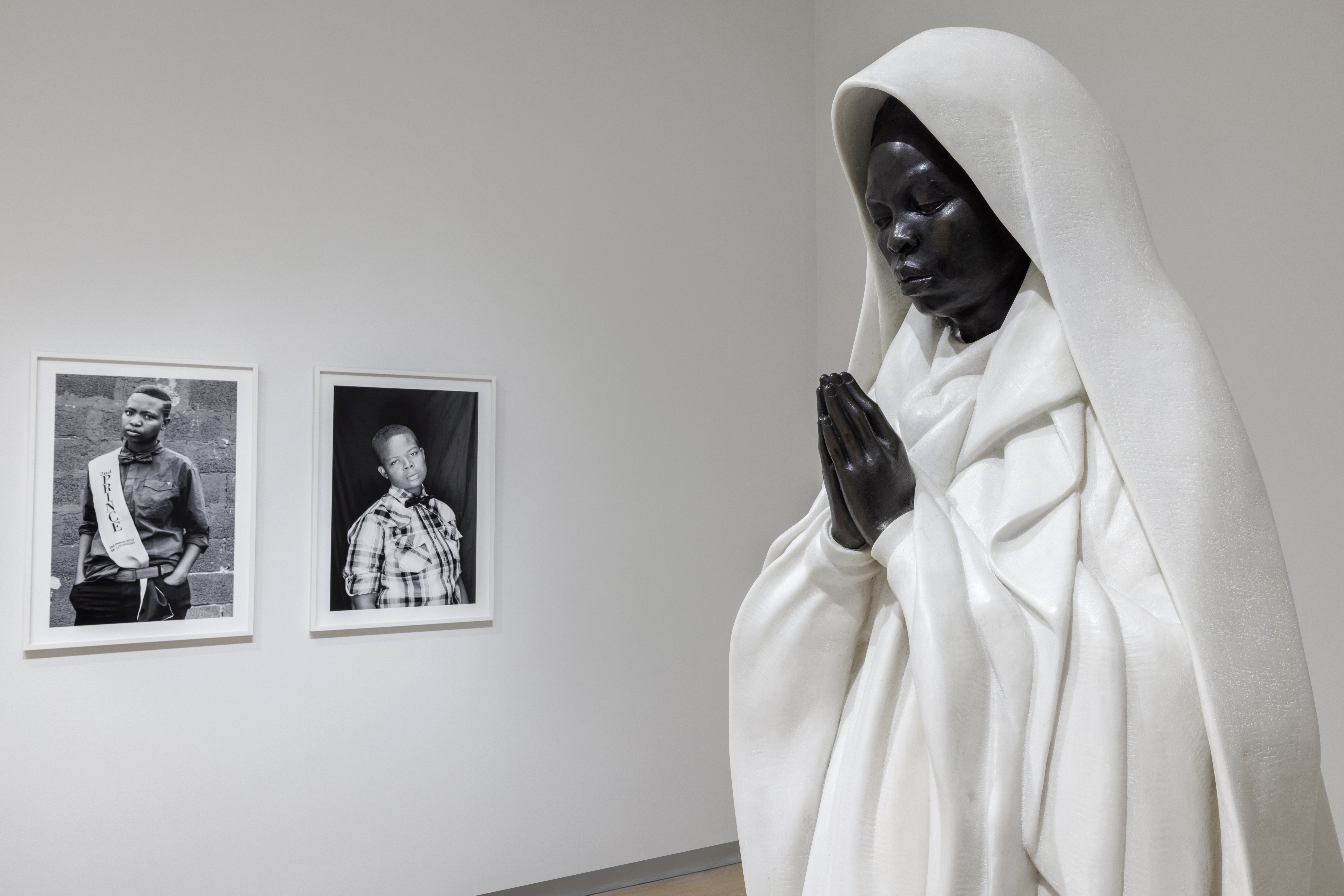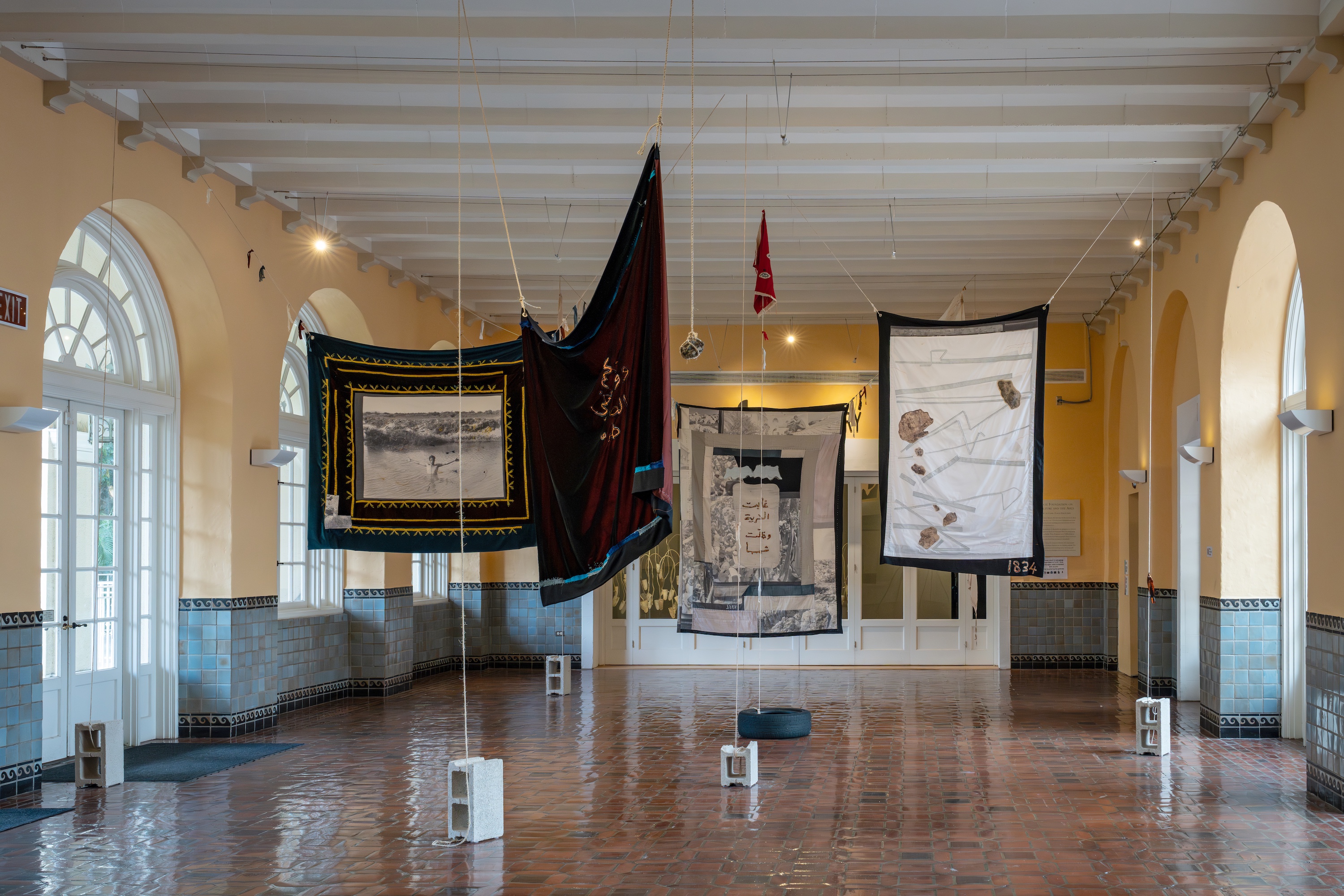https://www.goethe.de/de/index.html
The idea was to establish a reflective educational online program on contemporary art practice and theory with international, regional, and local practitioners and scholars. Guided by the principle of building connections, reading, and discussing in Arabic, the program assembled select participants living and working in Gaza over the course of six to eight months in a process-oriented and result-open digital knowledge platform and virtual free space. after the turn – art education beyond the canon tasked the participants with developing a new project or body of work based on the knowledge gained and reflections documented during the program. Work was presented in open-studio critique sessions and will be shown in a group exhibition in the Gaza Strip and abroad.
after the turn was founded in critical practice and endeavored to provide young art practitioners in Gaza with processes for learning and reflecting, agency, and insight on mainstream contemporary art fields. Through practice-led learning, scholars, acting as mentors, supported the program by bringing in their unique and relevant perspectives and inviting guest speakers from around the world to discuss their own experiences and expertise. This approach built a network, stimulated debate among the participants, and engaged in discussions outside Gaza. Informed by decolonial thinking and discourses connected to the Global South, questions around the origins of theories and practices, production mechanisms, utilization, and presentation generated new knowledge specific to the context in which after the turn developed.
The program consisted of three main learning blocks tackling issues of seeing, perceiving, and translating—senses that are compromised or inhibited when under siege. Concerned with representation and knowledge distribution beyond the canon of academic art practice and discourse, each block was realized over the course of eight weeks by one lead mentor in close contact with the participants. The blocks were divided into theoretical and practical parts yet merged them simultaneously, a process led by the participants and initiated through different exercises from the mentors.
Participants were asked to work on reflective journals. The method of reflective learning corresponded with the theoretical position of the participants’ situatedness and the knowledge presented and discussed. Crucial to the program’s pedagogy, reflective journaling summarized what was learned and exchanged by using symbols and semiotic systems as different research tools in art education. In addition, besides using language as a form of expression, it directed focus to other modes of reflection: material forms of practice, still and moving images, music, sound, live action, and sketching, among others. This method of documentation and learning originated outside the canon and provided the foundation for the participants’ group exhibition. Reflective journaling was a crucial tool for drawing connections and disparities and archiving art history in the making.
A fold is never final, [footnote Achille Mbembe, Out of the Dark Night: Essays on Decolonization (New York: Columbia University Press, 2021), 89.] Mona Kriegler, September 4, 2021
“To be a subject is no longer to act autonomously but to share agency with other subjects that have also lost their autonomy.” [footnote Ibid., 19.]
What happens when knowledge production and transfer is under siege?
In 2017, I visited Al-Aqsa University in Deir el-Balah in the Gaza Strip to meet with faculty and staff of the art department and find out more about art education there. To this day, it is the only university in Gaza that hosts a program in fine arts, terminating in a bachelor’s degree. We spoke about the course curriculum; much had been deleted from the teaching schedule, including courses in figurative and plastic arts. As well as censorship, the lack of accessibility to knowledge, opportunities for sharing modes of production and practices that originate from Gaza, and resources like art supplies, translated texts, and sustainable funding threaten the development of free and critical minds. Missing also are safe spaces for the arts community, cultural professionals, and art students to meet and exchange ideas. Micro-support infrastructures—all voluntary— have emerged and are evolving: Young poets and musicians started a music school for children, and now a youth choir of hundreds has developed. Its founder, Arab Sonunu, told me on a visit to the school that Gaza “needs music as much as food and medicine for survival.” Established art collectives set up workshops to share their knowledge with younger Gazans who would like to pursue a professional path in the arts. The Al Buzour feminist theater collective has continued to produce new work despite the bombing of their main performance space and archive. Still, global art colloquy lacks Gaza’s voice on local modes of artistic and knowledge production that persist amid these challenges to their survival.
It is under these circumstances that after the turn was initiated and developed over the last three years. It adds to, complements, and fills a void in local art education while providing an alternative to the deleted courses from Al-Aqsa’s academic schedule. Designed and put into practice online in 2018, before the pandemic, it has demonstrated that the participants and the Gazan community were significantly ahead of the outside world in making use of the toolkit of virtuality. The situatedness of this new space–time condition of the digital sphere as a platform of the in-between remains the only avenue to transmit, receive, and share knowledge and experiences—to “report from the field”—and thus makes the Gazan participants in after the turn “better researchers or field theorists” on the inseparability between thinking and sensing. [footnote Fred Moten and Stefano Harney, “Fugitive Aesthetics,” online seminar (European Graduate School, 2021).]
Inspired by the rhizome, a core concern of the program’s development was to sustain interconnectedness and community within the field of the arts. In its own way, after the turn sought to counter the ongoing air, sea, and land blockade of Gaza and severe restrictions on movement, mobility, and travel to initiate connections and networks within and beyond Gaza’s borders. To continue the botanical metaphor, how might this be achieved if roots are blocked by oppressive obstacles? Once the project launched, the multiplicity of gestures of all involved (jury members Sandi Hilal, Sahar Qawasmi, and Tarek Abou El Fetouh, mentors Oraib Toukan, Kamal Aljafari, and Dirar Kalash, and participants Rehaf Batnaji, Khaled Jarada, Mahmoud Abu Warda, Mahmoud M. Alshaer, Majdal Nateel, Salman Nawati, and Hassan Qoud) showed that much of Gaza’s cultural actions are rooted in finding alternative pathways and repertoires around such obstacles. As well, the power dynamics of knowledge and student–teacher relations that after the turn fostered anticipated a shift to horizontality by forming new, nonhierarchical connections that emphasized active participation in decision-making processes and the group’s own autonomy and independence.
To know nowadays requires the development of a range of new literacies made necessary by, for instance, changes in writing, in reading, in forms of public representation, in the capacity to interpret images or to work on-screen […]. Traditional ways of teaching have been changing thanks to a range of new practices and methods enabled by digital environments. […] Such platforms challenge the very notion of disciplinarity—how to think properly, the right questions to ask, the right method to deploy in addressing those questions. […] Techno-facilitation of knowledge […] of innovative project works and collaborative writing is increasingly becoming the norm. The old vertical teacher–student relationship is increasingly being replaced by the idea of a learning community, one in which the teacher gives away control, and learning encompasses the total social experience of students. [footnote Mbembe, Out of the Dark Night, 81.]
To be included in global platforms of presentation was vital for the growth of the seven after the turn participants, who all came from different art disciplines. As a group, they shared both virtual and physical spaces for listening and discussing among themselves and with the mentors and curators of the program. They initiated conversations about their individual practices upon recognizing synergies and symmetries among them. This process has been as meaningful as it has been nurturing.
Temporariness is not simply an effect of life changing rapidly; it also derives from the fact that vast domains of human struggle and achievement are hardly the objects of documentation, archiving, or empirical description—and even less so the objects of satisfactory narrative or interpretive understanding. It has to do with the colossal amount of things we literally do not know. [footnote Ibid., 29.]
Artists and artworks from Gaza are rarely included in international art exhibitions or critiqued, reviewed, and referenced. [footnote A distinction can be made between artists coming from Gaza and working abroad and those living and producing work in Gaza. The Gaza-based artist groups Elteqa and Shababek have generated greater international interest in work produced in Gaza, but more remains to be done.] This is due to Gazan artists’ inaccessibility to local means of creative development and the international art system’s inaccessibility to Gaza. Exclusion is often the result of a lack of quality in artistic production, which does not demonstrate a lack of potential but perhaps rather a stagnation in practice, a halted development or progression due to a lack of inclusion and connectedness. Thus, it is even more urgent to ensure that artistic practice and new knowledge generation from and in Gaza can evolve and breathe. Access to knowledge, discourses, and radical art educational models outside the academy is a possibility.
The logic of the seesaw – coming into a conversation, Alia Rayyan, September 5, 2021
Finding ways to create conversations outside dominating discourses is an ongoing provocation for me. Since I have been walking alongside art, politics, and education in the Middle East for a while and have had the chance to observe the development of a flourishing art scene in the region over the last twenty years, the imbalance of access to knowledge and acknowledgment and the stereotypical framing of art from the Middle East have become pressing questions. After the initial euphoria of the 2010s, which stemmed from the integration of the Middle Eastern art scene into the international art market, disillusionment soon followed, triggered by the shallowness of the labeling process. This is not the place to talk about the possible co-optation of the scene, but the initial hype around the liberation of art from ideological expectations led to self-centeredness, the parameters of which shaped the development of a new generation of artists.
Those first years of enthusiasm and optimism were supposed to sweep society along with this new energy in the region’s art and literary scenes. Instead, we experienced a crash landing that shattered the promise of revolutionary ideas, social change, and intellectual awakening. Although the art scene remained internationally recognized and contributed to discourses through critical debate, it was distant from society, a crisis of meaning caused by the homogenizing expectations of the market. Still, it was urgently necessary to deal with how contemporary art education could obtain its own signature outside Western-dominated art discourse, to find time to pause and reflect.
This search for movement aligns with what Achille Mbembe describes as a decolonization process in education and echoes Frantz Fanon’s historical call to bring forth our own stories. It is not about excluding the previous dominant discourses and theories but about speaking on the same level, speaking to each other, and coming into the conversation, as Catherine Walsh describes in “On Decolonial Dangers, Decolonial Cracks, and Decolonial Pedagogies Rising.” [footnote Walter Mignolo and Catherine E. Walsh, On Decoloniality: Concepts, Analytics, Praxis. (Durham: Duke University Press, 2018), 82–88.] Accepting fissures and working with them, opening up the discussion, and creating experimentation are some of the exciting possibilities suggested by these thinkers and practitioners.
Gaza has always been an example of this development. Artists experience both extreme stigmatization and the challenge of not being able to participate in discussions at the international level. If they do participate, they risk being framed or treated benevolently, since any art coming from this isolated place must be welcomed and applauded.
When you invited me to brainstorm about a project engaging issues of alternative art education in Gaza, I saw the possibility of picking up a thread that had been dropped years earlier. The conversations we have had since laid the path for the project that emerged: a slowly developing movement, one brave enough to endure without expectations.
It was essential for us to transfer this search for movement into the idea of exchange: to invite artists and interested parties to participate in a program in flux, one that moved up and down in rhythm like a seesaw, constantly aware that it needed a counterpart. So, it was only right to look for mentors who would engage in this movement with the Gazan participants. I remember, in the beginning, the search for suitable participants; we looked for artists, students, and musicians who were open to becoming involved in the experiment. We guided the applicants to make videos to counteract the usual selection process based on written presentations and portfolios. This proved to be a good move, but it also meant that we set the bar very high compared to the admissions practices of art academies. How selection procedures took place was and is a constant topic, which we had discussed intensively with the very high-ranking and committed jury members, all well-known in the regional and international art scene.
All three were enthusiastic about applicants who had previously attracted little or no attention in the local discourse. In a relatively small art scene like Palestine’s, it is not unusual to know or have heard of all new artists. But I remember the intense discussion, which demonstrated the degree to which we were influenced by certain attitudes at art academies and the conditions of competition that the application process so often entails. Our program was supposed to circumvent this and offer a different, safe space in which an open exchange could take place. A way of setting out together, without having to abide by or be exposed to academic prescriptions. A free space that takes place beyond the canon.
Even though we have presented a specific framework for the program, it then resembled a sketch, a draft. Therein lay the possibility of meeting the pressing concerns with openness, inclusion, and endurance.
Reflection through relation, Mona Kriegler, September 6, 2021
Once the participants formed bonds around their different disciplines, materials, and works of art, the constituent parts of after the turn started to be in the conversation. The program became a collective process thereafter through weekly in-person meetings in a newly opened cultural space in a historical house from the mid-nineteenth century.
An important matter right from the start was your idea to integrate reflective journaling as a form of documentation. Each participant noted down flashes of knowledge learned, experiences, ideas, and thoughts encountered in the development of the program, and the voices of mentors and other participants. How the journal pages were filled was based on individual and experimental freedoms. What happened and is still developing among the group reminds me of Édouard Glissant’s Poetics of Relation: a multiplicity of languages, not just of the spoken word, different forms of language set in relation with one another: thinking, reflective journaling, and documenting. Engaging in discussions with the group now about their exhibition this autumn, which includes their individual artistic productions and a collective work, sheds light on their different articulations and empowers a newly established network that would not have grown roots otherwise. This agency and creativity call for recognition beyond the canon (from which it was already excluded) and for the extension of the group’s reflections through sustained relations. Gaza and the cultural activity there are not peripheral to a center but rather one periphery of a sphere without a center, or even, as Glissant reminds us, a sphere where peripheries no longer exist. [footnote Édouard Glissant, Poetics of Relation. (Ann Arbor: University of Michigan Press, 1997), 29.]
The aspect of translation, as we discussed from the program’s start, has been vital. Yet, what texts will be translated, discussed, taught, and learned if certain texts dominate over those unwritten or hidden? Contextualizing is a common strategy in translation, in theoretical and practical approaches, but what does it mean? What does it mean to translate theories according to a specific understanding of local social and political circumstances? Do theories change in new contexts? Stuart Hall emphasized that “translation is a continuous process of re-articulation and re-contextualization without any notion of a primary origin.” [footnote Stuart Hall, “Cultural Studies and the Politics of Internationalization,” interview by Chen Kuan-Hsing, in Stuart Hall, Critical Dialogues in Cultural Studies, ed. David Morley and Chen Kuan-Hsing (London: Routledge, 1996), 393.] Theories, however, are embedded in geopolitical power relations that dominate the present academic and art discourses. This tendency still creates homogenized approaches and asymmetrical knowledge distribution within the canon. This program was and continues to be about exploring what lies beyond that canon: participants have discussed and related concepts of translational theory and practice by reading selected works (theories, films, artworks) against the grain and applying reflective practice to their bodies of work and trains of thought. There is the “need to embrace multivocality and translation as a way to avoid perpetuating the knowledge and power asymmetries that currently fracture global humanity […]. In this model, knowledge of the empirical world is thought to be gained through the embrace of multiplicity, of a plurality of narratives from silenced voices and invisible places.” [footnote Mbembe, Out of the Dark Night, 79.]
Observing a turning point, Alia Rayyan, September 7, 2021
Glissant’s Poetics of Relation recalls the essence of after the turn very well—the rhythm between participants and mentors, between us, and among the group as a body. Closeness and openness in the program coincided with confinement that the world at large had not yet experienced but that Gaza was already familiar with. It seemed somehow ironic when discussing working under siege that the pandemic suddenly sent the world into lockdown. The isolation that so many people still struggle with today changed ways of working and living and unexpectedly led to an understanding of a state in which some things are always unreachable and inaccessible. The search for other forms of sharing despite constraints was thus given a boost or perhaps a sense of urgency or focus. I remember our discussion about the digital sphere as a new non-place—didn’t you have an article you liked on this?
Making place again, Mona Kriegler, September 10, 2021
The notion of non-places was formulated by Marc Augé to address states of transience and anonymity accelerated due to globalization and supermodernity. [footnote Marc Augé, Non-Places: Introduction to an Anthropology of Supermodernity (New York: Verso, 1995).] The virtual sphere added another dimension to this idea and, in the context of Gaza’s air, sea, and land blockade (and the pandemic), it became the only place to meet and connect. Mark Fisher expanded on this notion and introduced the idea of “no time,” [footnote Mark Fisher, “Is There No Time?” interview by Leigh Claire La Berge, Meditations: Journal of the Marxist Literary Group 33, no. 1–2 (Fall 2019–Spring 2020): 167–72.] the sense that the “accelerated rate of technological development has actually had a slowing effect on cultural development.” [footnote Annette Rubery, “No Time,” 2021 →.] Might after the turn then be an antidote to non-places and no time?
The virtual space in which the group met was intimate and safe. It was their private meeting room in cyberspace, yet the program is defined by its hybrid character, too. With time, sessions became more and more personal, which was created not only by how the mentors engaged with the participants but also by the group itself. The artists shared insights into their processes of producing and thinking. The act of listening was vital not only for reflexive journaling but also paved the way for in-person weekly Saturday meetings to think together about the after the turn exhibition, which will be presented at the Al-Ghussein House. This occurred alongside Oraib Toukan’s online reading group, which was formed out of the first seminar block and has continued since. A sense of care has emerged, and the relationships among participants have grown in a rhizomatic way. New roots have emerged through a new collective platform for individual and collective presentation, don’t you think?
Turning, Alia Rayyan, September 12, 2021
It is surely a more affirmative interpretation of the non-place, one born from necessity and in correspondence with reality. But if we go back to Augé’s original interpretation, it does describe our program: the possibility that any place can be called a non-place or a crossroads of human relationships, depending on the position of the subject. However, I believe that there are two key things that align here that make our non-place a place of gathering and closeness. First, it addressed on several levels the specific “out-of-place” situation of artists in Gaza. Second, it spoke to the part of Palestinian identity that is outside the global nation-state system, which entails a degree of non-placeness that every Palestinian knows and can refer to, regardless of their current living situation. This is a quality shared by all the actors in after the turn. A kind of interiorized outside and embodied memory that turns the non-place into a meeting place.
The dominance of scientific language that regulates access to knowledge remains an issue. Finding common ground through texts, sounds, or images, through sharpening the senses and relearning was essential. Though we were not part of the group sessions, the mentors offered glimpses of what this process looked like. For example, close reading texts offered a way to discuss backgrounds for artists’ writing, the genesis of theories, the juxtaposition of individual experiences, and the question of translations and the consequences to be drawn from them. Another cross-connection was built between the effects of hearing and seeing on perception.
For this program, in general, two pedagogical approaches were critical. First, the exchange with other artists and filmmakers across generations and locations. And second, the learning, discussing, and advancing in thinking and seeing together. The mentors played an essential role here. And it was, I think, also this kaleidoscope of Palestinian artists and filmmakers that made each meeting so exciting. Each of the mentors brought their own appreciative system—a whole person/body/self/mind/history—that reflected the diversity of biographies and geographies of working Palestinian artists. Amman, Ramallah, Jaffa, Berlin, Rome, Jerusalem, Gaza. It created a closeness that transcended the digital and physical distance we all experienced during the pandemic. I was particularly moved by the closeness and intensity of collaboration that emerged despite this digital chill. Based on the reflective journaling, different appreciative systems, above all, stimulated learning based on experience. In agreeing and differing, listening and finding common ground, change and mutual learning may develop free from hierarchical impositions.
The rupture of the war on Gaza in May 2021 not only halted our work but also created a new speechlessness and exhaustion that had to be dealt with. This happened naturally, in the last block of the program, on the topic of sound. Following Oraib’s close readings of texts with the participants and Kamal Al Jafari’s leading them in new ways of seeing their immediate surroundings, Dirar Karresh engaged with sound in all its nuances and suggestions and triggers to open up a new dimension of experience and perception.
The end of the digital sessions was also the beginning of finding ways to collaborate after the program’s end. The participants primarily met in digital space, even though they all knew each other in real space as they all live in Gaza. However, it was the digital space, the fixed ritual of meeting, that provided a rhythm for continuing. The transition to an “after” was made by exiting the digital and entering a real place, but one outside daily routines.
The program’s second cycle, its expansion and continuation, began at Al-Ghussein House, the newly renovated historic building in the middle of the destroyed city of Gaza that was converted into a free cultural center by Goethe-Institut. In November, a show at the Al-Ghussein House will tell of the unspeakable of the non-places and stage another translation of after the turn’s process, of the becoming and of the beauty of seeing each other in the real world. Moving the conversation into a physical space reveals that this direct contact is always somewhat ahead of the digital, even if it can reveal new dimensions of learning when combined with the digital. However, without the concentration that digital proximity allowed through simultaneous de-spatialization, the quality of the real exchanges on site between the participants would not have reached its peak.
From my point of view, however, the most exciting thing about this process is the open-endedness that characterizes the flux of thoughts, reflections, and discussions. In this sense, the program was an attempt to practice the idea of decanonization—a “dismantling of hierarchical structures that the canon produces by de-erasure,” as Bonaventure Soh Bejeng Ndikung writes. Following the goal of creating skills to “re-emerge, re-write, and re-articulate,” we pursued a practice that was in relation to what surrounded us and gave space for debate and discourse beyond the canon. [footnote Bonaventure Soh Bejeng Ndikung, In a While or Two We Will Find the Tone: Essays and Proposals, Curatorial Concepts, and Critiques (Berlin: ARCHIVE Books, 2020), 183–90.] The title after the turn alludes to this attempt. It is not a U-turn but a moving on, an attempt to exceed preexisting limits.
Achille Mbembe, Out of the Dark Night: Essays on Decolonization (New York: Columbia University Press, 2021), 89.
Ibid., 19.
Fred Moten and Stefano Harney, “Fugitive Aesthetics,” online seminar (European Graduate School, 2021).
Mbembe, Out of the Dark Night, 81.
Ibid., 29.
A distinction can be made between artists coming from Gaza and working abroad and those living and producing work in Gaza. The Gaza-based artist groups Elteqa and Shababek have generated greater international interest in work produced in Gaza, but more remains to be done.
Walter Mignolo and Catherine E. Walsh, On Decoloniality: Concepts, Analytics, Praxis. (Durham: Duke University Press, 2018), 82–88.
Édouard Glissant, Poetics of Relation. (Ann Arbor: University of Michigan Press, 1997), 29.
Stuart Hall, “Cultural Studies and the Politics of Internationalization,” interview by Chen Kuan-Hsing, in Stuart Hall, Critical Dialogues in Cultural Studies, ed. David Morley and Chen Kuan-Hsing (London: Routledge, 1996), 393.
Mbembe, Out of the Dark Night, 79.
Marc Augé, Non-Places: Introduction to an Anthropology of Supermodernity (New York: Verso, 1995).
Mark Fisher, “Is There No Time?” interview by Leigh Claire La Berge, Meditations: Journal of the Marxist Literary Group 33, no. 1–2 (Fall 2019–Spring 2020): 167–72.
Annette Rubery, “No Time,” 2021 →.
Bonaventure Soh Bejeng Ndikung, In a While or Two We Will Find the Tone: Essays and Proposals, Curatorial Concepts, and Critiques (Berlin: ARCHIVE Books, 2020), 183–90.
